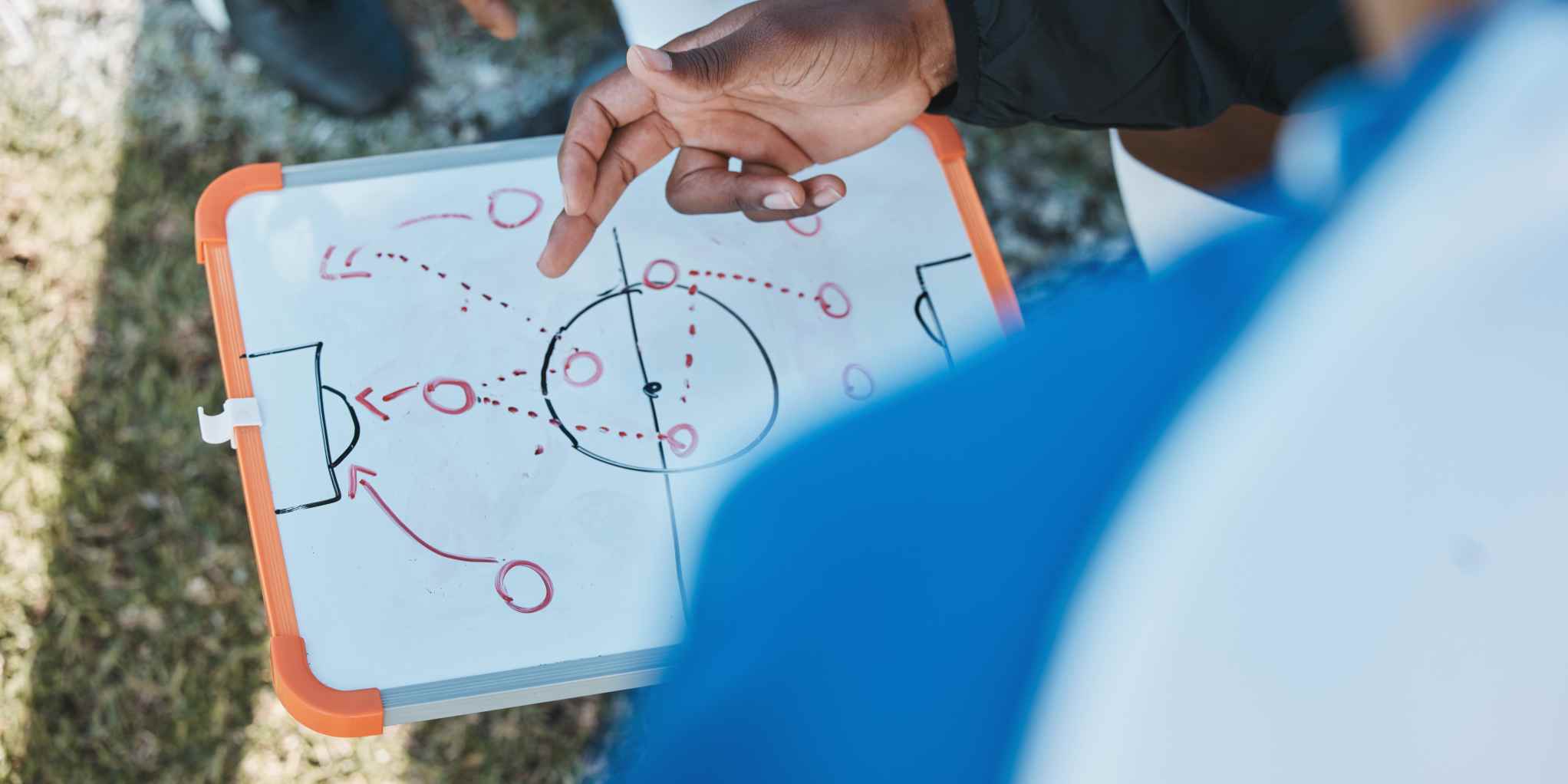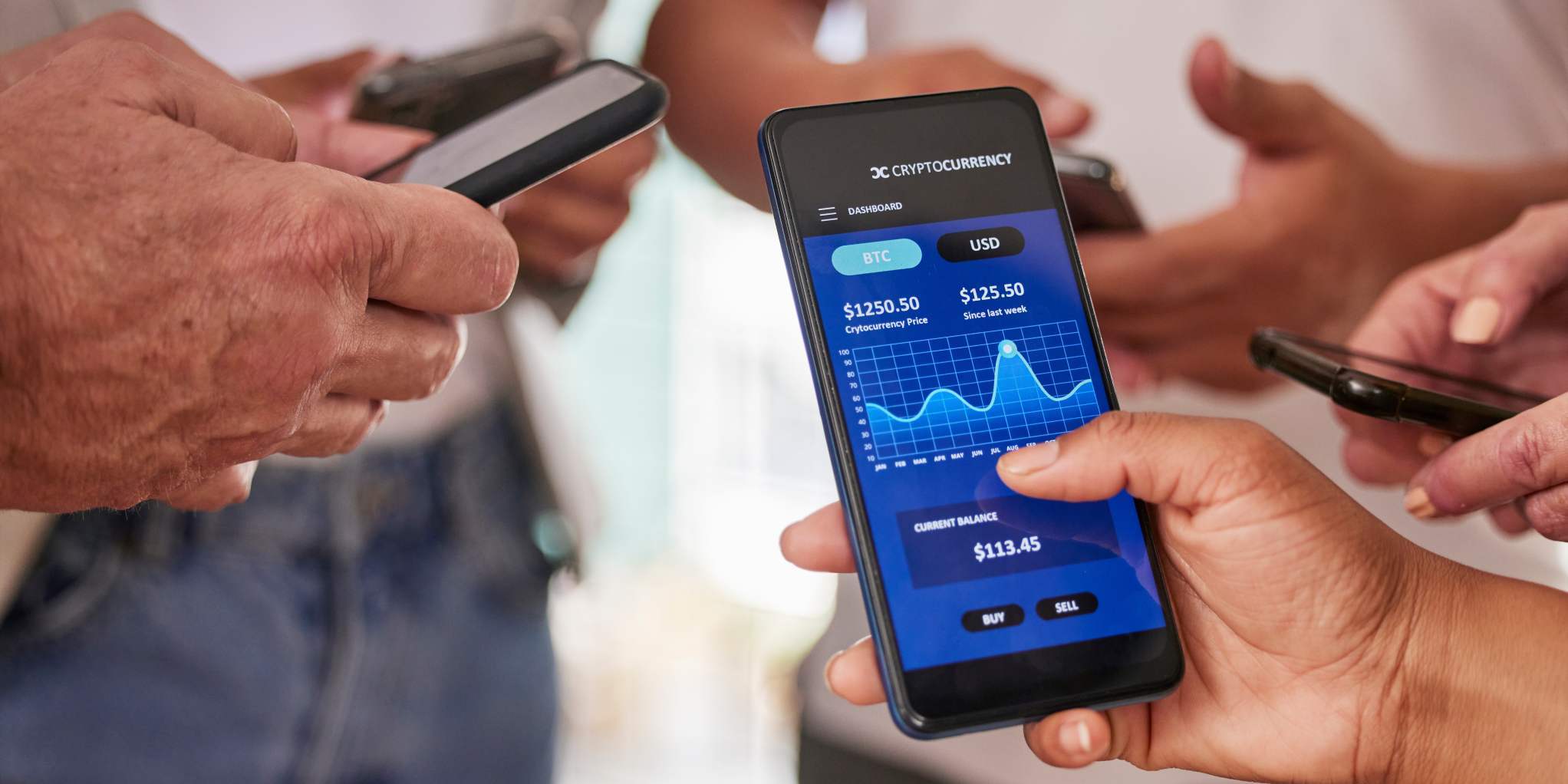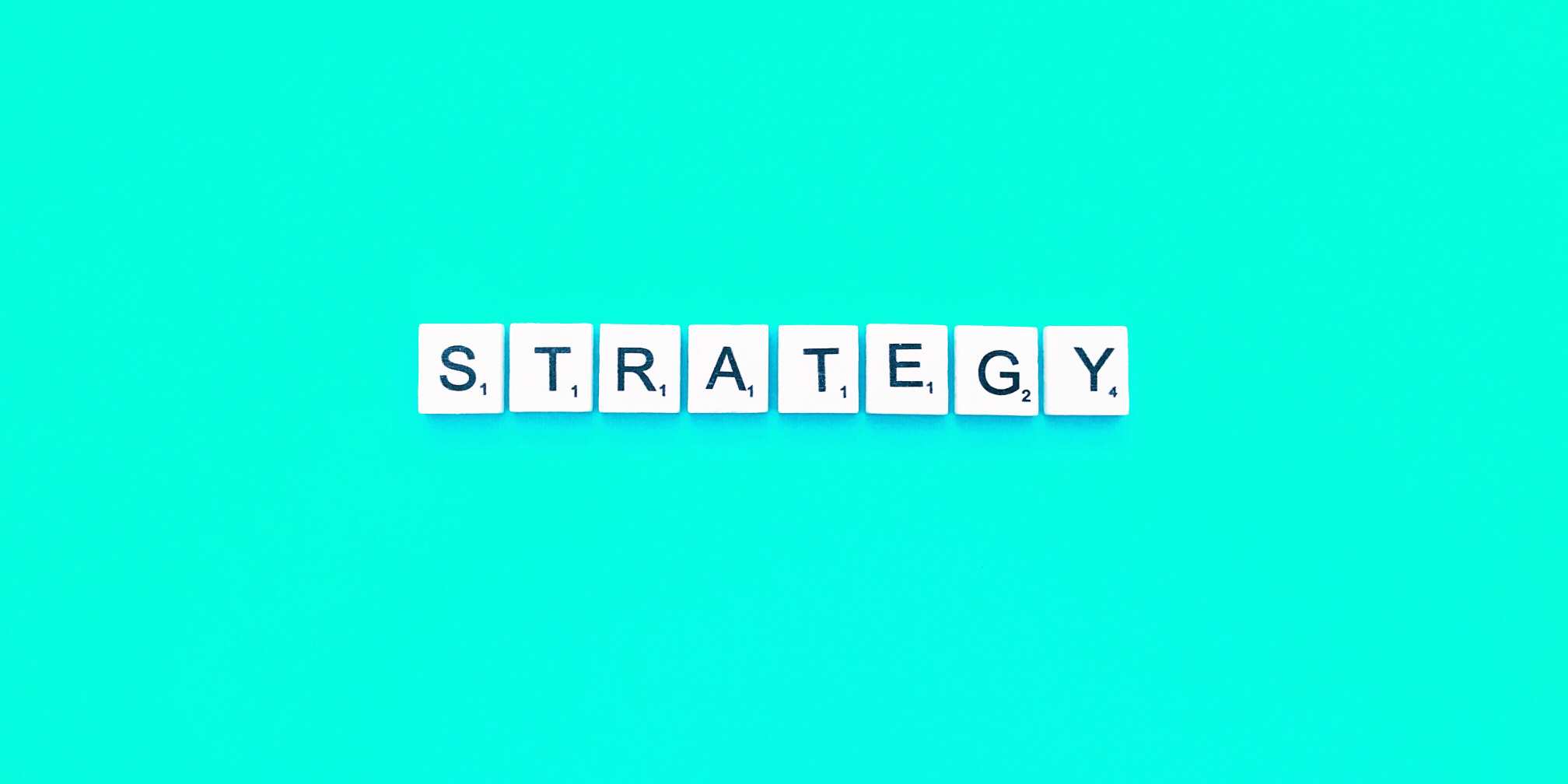Product-led growth companies are built on the promise of efficiency. The model assumes that if you can drive users to value quickly, they’ll convert themselves without heavy sales intervention. Yet in practice, many PLG funnels stall at the exact point where revenue should flow: the self-serve upgrade.
TL;DRMost PLG SaaS firms stall at monetisation because they lack seamless self-serve upgrades. Without in-app billing, free-to-paid velocity slows and sales waste cycles on small deals. Embedding instant upgrade paths via Stripe, HubSpot, and product analytics turns conversion into a growth flywheel, and ARISE OS makes it repeatable. |
The Pain: PLG Funnels Break at Monetisation
Our analysis of dozens of SaaS stacks revealed a repeated pattern: no billing option in the product, no visible upgrade path, or an upgrade hidden so deeply in settings that only power users could find it.
This friction is not a small operational miss; it is a systemic failure that undermines the PLG motion. Without a way for an engaged user to buy, the funnel breaks at conversion.
Instead of self-serve revenue, companies are forced into inefficient sales-assisted closes even for small accounts. This over-reliance on sales effort has been shown to flatten PLG SaaS growth, putting a drag on efficiency.
The result is painful for executives: conversion velocity slows, free-to-paid expansion gets bottlenecked, and sales reps waste cycles chasing $99-a-month deals that should never need a discovery call.
CAC payback stretches, time-to-value elongates, and growth efficiency plummets.
According to OpenView’s 2024 benchmarks, best-in-class PLG firms achieve free-to-paid conversion rates 2.5 times higher when a seamless self-serve path exists. Yet, most mid-market SaaS firms between $1M and $25M in ARR are still stuck in hybrid models, where users must “talk to sales” far too early.
The underlying issue is maturity.
Many PLG-aspiring companies adopt in-app onboarding or activation tactics but stop short of embedding monetisation into the experience. They treat billing as a back-office function rather than a growth lever.
The absence of self-serve not only slows down revenue velocity but signals immaturity to investors and boards who increasingly expect product-led motions to carry their own commercial weight.
The Solution: Seamless Self-Serve Monetisation
The cure is straightforward, though rarely executed well: let users buy when they are ready.
In PLG, buyer enablement must extend beyond education into the transaction. If a user reaches their “aha” moment, the upgrade path must be obvious, frictionless, and immediate.
Leaders in PLG design monetisation into the product from day one. Stripe, Paddle, and Chargebee have made it almost trivial to embed instant billing.
Companies like Notion and Figma prove the model: credit card capture sits seamlessly inside the app, upgrade CTAs are contextual, and users can move from free to paid in under a minute. No rep, no call, no delay.
This is not about being “low-touch” for its own sake. It is about velocity.
Every time a user must wait for a demo, the chance of conversion decays. Every time a rep is inserted into a deal unnecessarily, CAC rises.
Conversely, when upgrade paths are seamless, two dynamics emerge:
-
Conversion rates increase because buying aligns with the user’s moment of intent.
-
Sales teams are freed to focus on high-value expansion and enterprise motions rather than transactional closes.
The ARISE GTM Methodology frames this as buyer enablement: enabling the prospect not only to learn and engage but to purchase without friction. Under ARISE OS, monetisation is treated as a core GTM pillar alongside onboarding and retention. When executed well, it becomes a compounding growth flywheel rather than a leak in the funnel, one of many in-app GTM levers for PLG SaaS.
The Playbook: Building a Self-Serve Upgrade Path with ARISE GTM
Transforming from sales-assisted conversion to self-serve monetisation requires discipline across the ARISE cycle: Assess, Research, Ideate, Strategise, Execute. Each stage ensures monetisation is not an afterthought but a deliberate growth lever.
The first step is assessment. Companies must map their existing funnel and surface friction points:
- Do users see upgrade prompts at their moment of activation?
- Is pricing transparent or buried?
- Is billing integrated with CRM and analytics, or does it sit in a silo?
Tools like Mixpanel and Amplitude help reveal upgrade intent signals: feature use, time-on-platform, and team expansion, that should trigger monetisation nudges.
Research deepens this picture. Customer interviews illuminate the exact point of willingness to pay. In SMB segments, self-serve adoption is often high; mid-market buyers may expect both self-serve and optional sales assistance. By mapping jobs-to-be-done, teams can design upgrade flows that mirror real buying behaviour rather than internal assumptions.
Ideation then turns research into experiments. This is where companies test in-app upgrade CTAs, redesign pricing pages, or deploy paywall nudges via Appcues or Pendo.
It is not enough to have “an upgrade button”; the language, placement, and timing must resonate with user intent. Complementary lifecycle campaigns in Customer.io or HubSpot can reinforce these nudges with triggered emails when users approach usage limits or trial expiry.
Strategy connects this to the wider GTM stack. HubSpot CRM integrated with Stripe or Paddle creates a closed loop where billing events sync with marketing, sales, and success, a true act of GTM orchestration.
This enables automation: trials convert to paid without manual intervention, upgrade signals create pipeline alerts, and finance reporting becomes transparent across RevOps.
Importantly, strategy also defines the boundaries of sales involvement: when should a CSM step in, and when should the system take over?
Finally, execution is about speed and iteration. Teams must launch the first version of a one-click upgrade, run A/B tests on billing CTAs, and measure conversion impact.
Metrics to track include free-to-paid rate, CAC/LTV efficiency, and upgrade velocity. A culture of experimentation, not perfection, ensures monetisation evolves as the product scales.
Case Study Snippets: PLG Leaders Who Got It Right
Real-world examples reinforce the impact. At Aquant, the introduction of a visible self-serve upgrade path combined with targeted nurture flows accelerated free-to-paid conversions and reduced reliance on BDRs for small-ticket accounts.
A fintech client optimised onboarding with in-app billing and saw trial-to-paid velocity improve by over 40%, freeing its sales team to focus on strategic partnerships rather than transactional closes.
Stripe’s own customer stories highlight the effect of frictionless billing. SaaS firms that integrated Stripe’s in-app checkout reported faster revenue recognition and improved customer satisfaction scores, since users no longer needed to engage in back-and-forth with sales for small contracts. Overall, this enhances a customer-led GTM strategy, where self-serve and sales-assisted motions work together.
These outcomes align with OpenView benchmarks showing that PLG leaders grow 30% more efficiently when billing is embedded in the product.
What Happens If You Don’t Fix This Gap
Executives who delay addressing monetisation gaps pay the price in efficiency and growth.
- Sales teams burn cycles chasing small upgrades instead of expanding enterprise accounts.
- Conversion rates flatten as users abandon at the point of purchase.
- CAC payback stretches beyond acceptable board thresholds.
Worst of all, the company risks being labelled immature in a market where PLG is now the default expectation, not a differentiator.
Investors and acquirers increasingly scrutinise self-serve monetisation as a signal of scalability. Without it, SaaS firms struggle to convince the market that they can compound growth without linear headcount expansion.
In a funding climate where efficiency matters as much as topline, the absence of a self-serve upgrade path is more than a missed opportunity; it is a structural weakness.
Closing: The ARISE OS Advantage
Embedding monetisation into the product is not a tactical add-on; it is a strategic necessity. The ARISE Revenue Engine Operating System™ ensures that upgrade paths are designed into GTM from the outset, aligning product, marketing, and revenue teams around seamless buyer enablement.
By combining HubSpot CRM and Customer.io, product analytics platforms like Mixpanel, and billing providers like Stripe or Paddle, ARISE builds a unified growth engine where users can upgrade instantly, revenue flows without friction, and sales teams focus on where they add the most value.
The path forward is clear. To accelerate free-to-paid conversion, reduce CAC, and impress both boards and buyers, PLG companies must nail self-serve upgrade paths. With ARISE GTM, this shift is not theoretical; it is practical, actionable, and proven in the field.
It’s time to accelerate. Design your self-serve monetisation now, and ascend beyond the plateau that stalls so many PLG motions.
Accelerate Free-to-Paid with ARISE GTM
If your PLG motion is stalling at conversion, you don’t have a pipeline problem; you have a monetisation gap. ARISE GTM helps SaaS teams embed self-serve upgrade paths, billing workflows, and RevOps alignment directly into their product.
The result: faster free-to-paid velocity, higher CAC/LTV efficiency, and a sales team freed to chase enterprise expansion instead of $99 upgrades.
Book a GTM Acceleration Session with us today. Use the form in the footer to book time with the team.
FAQs
Q1: Why is self-serve monetisation critical for PLG SaaS?
Because PLG is built on efficiency, without a seamless upgrade path, engaged users stall, forcing sales to handle low-value conversions. This slows free-to-paid velocity and raises CAC.
Q2: Can’t we just keep sales-assist for all conversions?
Not if you want to scale efficiently. Sales-assist should focus on enterprise expansions and strategic deals. Transactional conversions should happen instantly in-app to preserve sales capacity.
Q3: What stack is needed for self-serve upgrades?
Typically, a combination of Stripe or Paddle (billing), HubSpot (CRM + workflows), and Mixpanel/Amplitude (product analytics). Tools like Customer.io, Appcues or Pendo can handle in-app nudges, while Customer.io again powers lifecycle emails.
Q4: How does ARISE GTM help us build this?
We apply the ARISE OS framework: Assess, Research, Ideate, Strategise, Execute, to map funnel friction, design upgrade experiments, and integrate billing with RevOps. This ensures monetisation is built into the GTM engine, not bolted on.
Q5: What ROI can we expect?
Clients typically see 30–40% faster trial-to-paid conversion, improved CAC/LTV efficiency, and stronger board confidence in the scalability of their PLG motion.
%20small.jpg)




